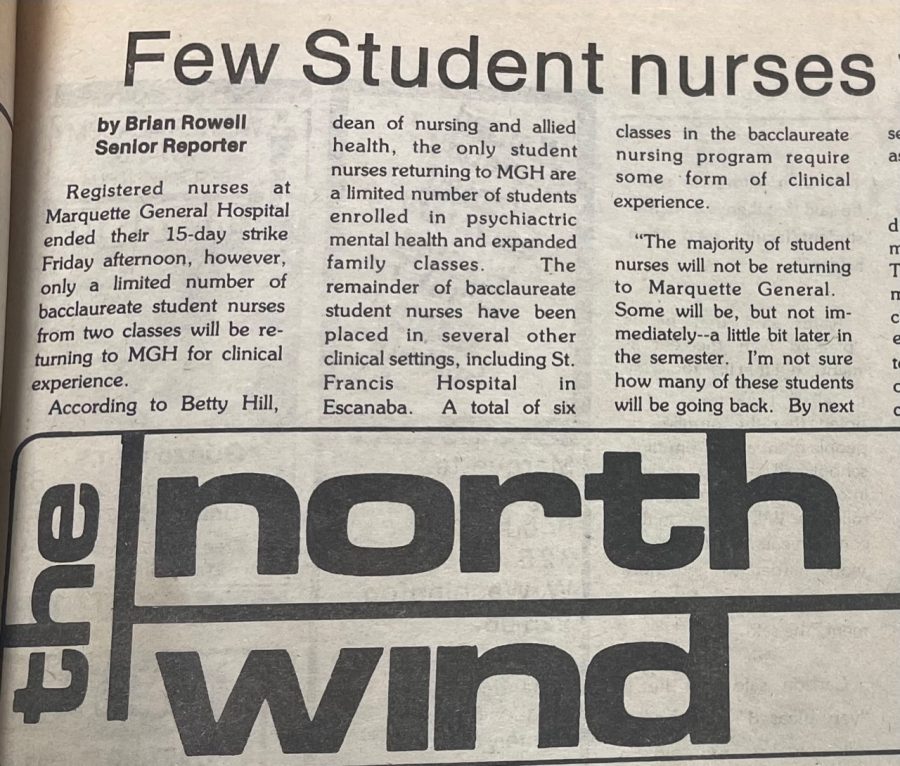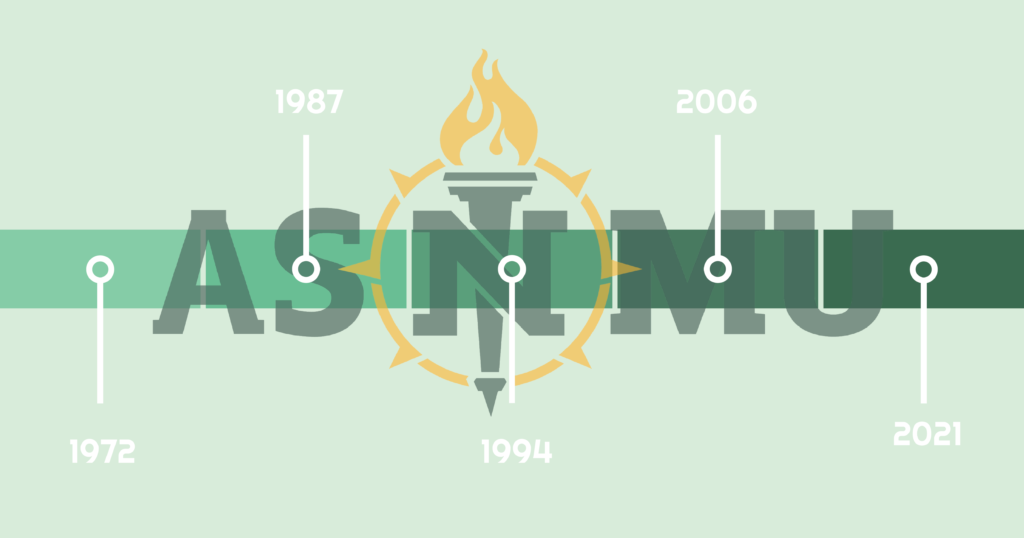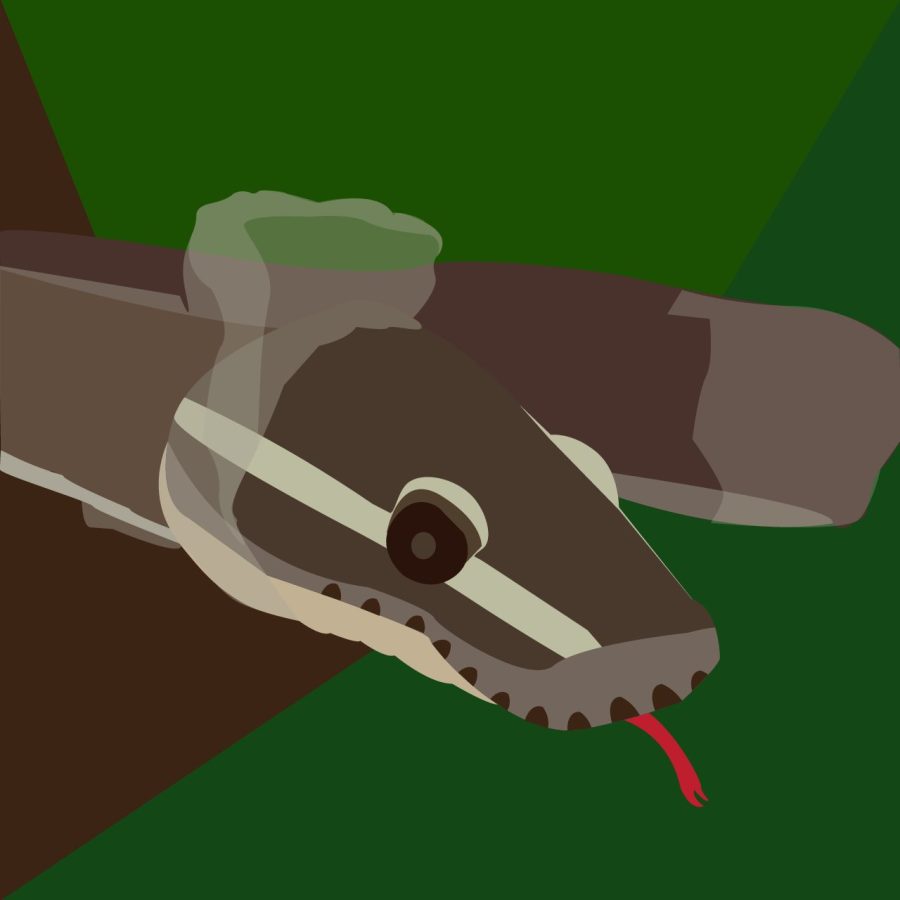The year 2015 is destined to go down in history as a watershed year in human space exploration. In contrast to the moon missions of the 1970s, we are now learning more about our own solar system than ever before thanks to a few unmanned spacecraft.
In July, we received the first ever close images of Pluto. Launched in 2006, NASA’s New Horizon’s mission promised to reach the then declassified planet, and it has delivered more than we could have ever expected. A massive series of images, most of which will continue to download for the next several months, revealed the existence of blue skies and frozen liquid lakes on the surface of our most distant orbiter.
It wasn’t a human astronaut who took these pictures, nor was it a far away telescope back on Earth. For this feat, we owe a debt of gratitude to the amazingly complex space probes we continually blast into the skies. To boot, they are less expensive than man-made missions, need little to no fuel once propelled into motion and can perform a vast array of experiments controlled by scientists on Earth.
The first long distance space probe ever launched was the American Pioneer 5 in March 1960. It was designed to travel toward Venus and confirmed the existence of interplanetary magnetic fields. Two years later, the American Mariner 2 probe again traveled toward Venus, revealing the incredibly hot surface of the planet to scientists.
In 1965, Mariner 4 became the first deep-space probe to perform a flyby of another planet the red planet. It was on this mission that the first close photographs of Mars’ surface were made, taken with a television camera and transmitted back to Earth. Its mission complete, Mariner 4’s course was altered and it continued to transmit crucial data until 1967.
These early missions are great, but not nearly as prolific as those of the Pioneer and Voyager programs. Launched in 1973 and 1979 respectively, Pioneer’s 10 and 11 and Voyagers 1 and 2 would become the farthest man-made objects ever sent into space. After successfully traveling the asteroid belt, Pioneer 10 would photograph Jupiter, and its sister probe 11 would photograph Saturn. Pioneer 11 officially ceased communication in 1995, but 10 would continue transmitting small bits of data until 2003, 30 years after its launch.
The Voyager missions were next, and by the end of the 1980s they would hit every planet except Pluto. In addition, with these probes came a little extra assignment. Should extraterrestrial life be encountered, humankind would have to have a way to communicate with them.
Inscribed in a gold plaque carried by the spacecraft are diagrams of a naked man and woman, as well as a golden phonograph record along with instructions for playing it. The record contained the great works of Mozart, Bach and Chuck Berry, as well as greetings in 55 modern languages.
The selections were chosen, in part, by the late astrophysicist Carl Sagan. Sagan likened the record to a message in a bottle, set free upon a vast and infinitely expanding ocean. On the possibilities of other life, Sagan was more optimistic.
“There will be other people and other civilizations, and they will be different from us. Our civilization is the product of a particular path our ancestors have followed among the vagaries of historical alternatives. Had events of the distant past taken a slightly different turn, our surroundings and thought processes, what we find natural and hold dear, might be very different,” Sagan said.
It’s ironic that all the vagueties of our own existence are due in part to our own limitations. We cannot yet travel great distances alone, but our machines can. The stunning Pluto expedition is proof of that.
In more than 50 years of unmanned exploration, it’s inevitable that our next 50 years will be even greater. What we will find can only be speculated on and the odds are slim, but the mere fact that human ingenuity is out there searching can be comforting. It’s that comfort that drives us to keep learning, and that’s all that matters.


























